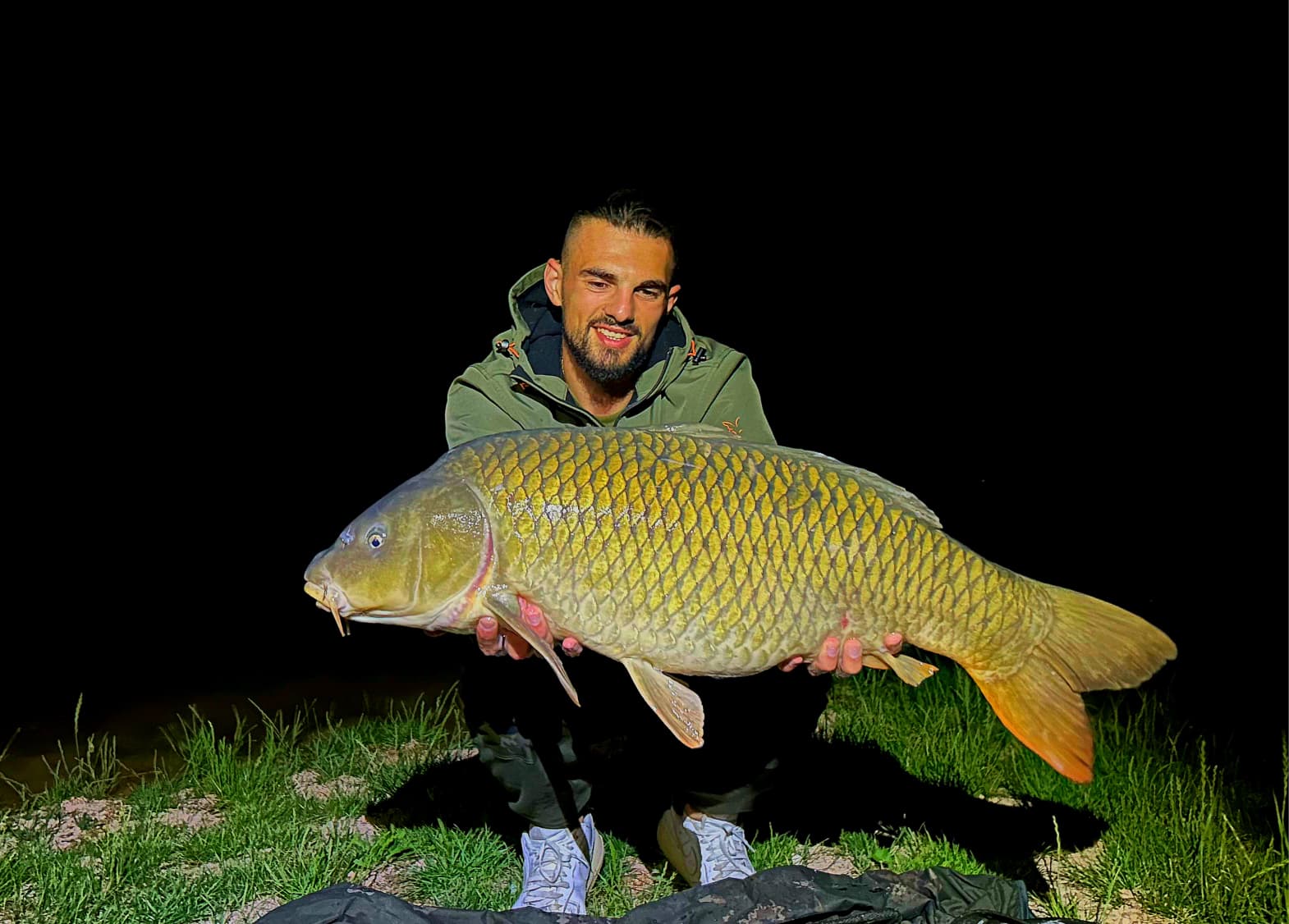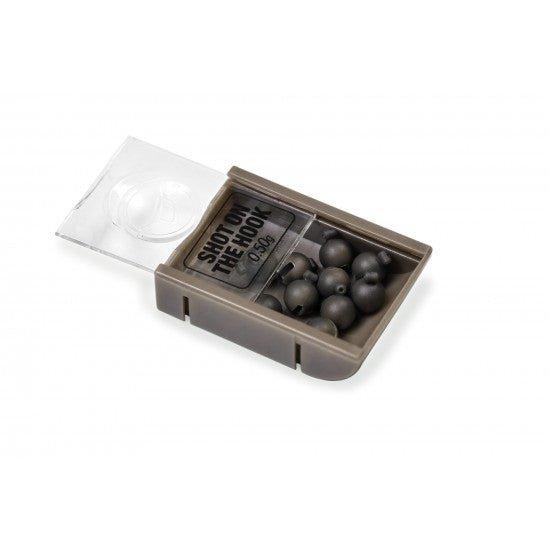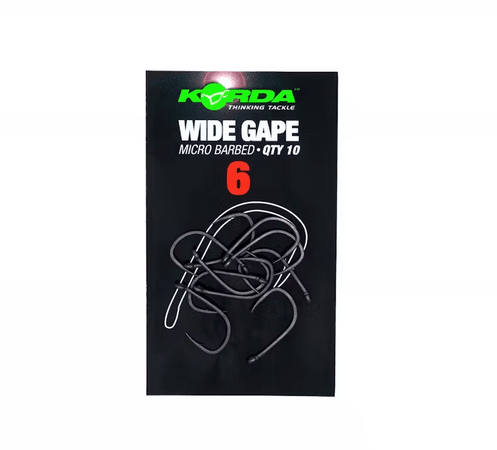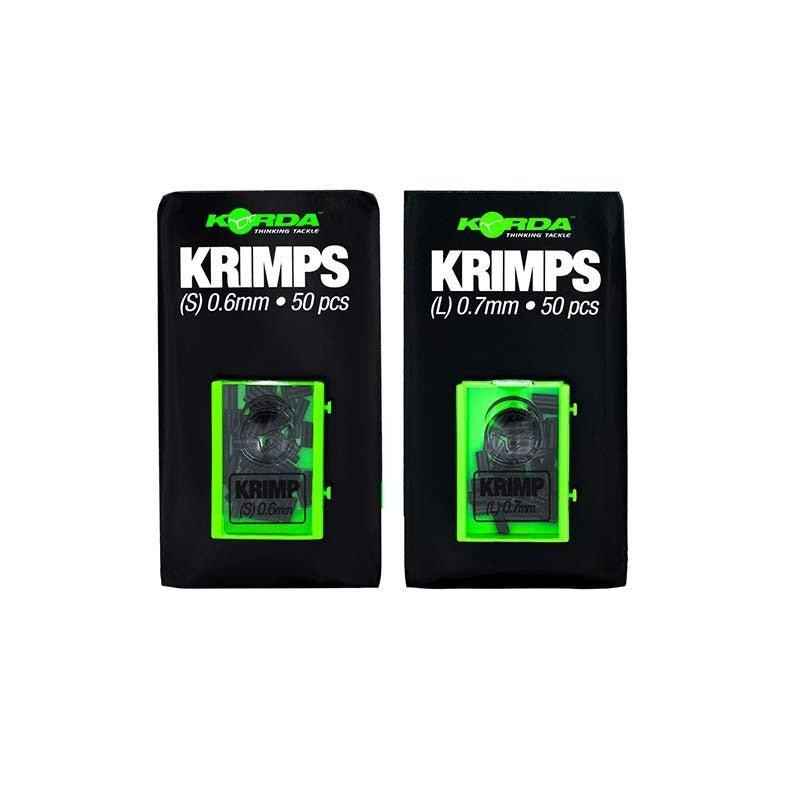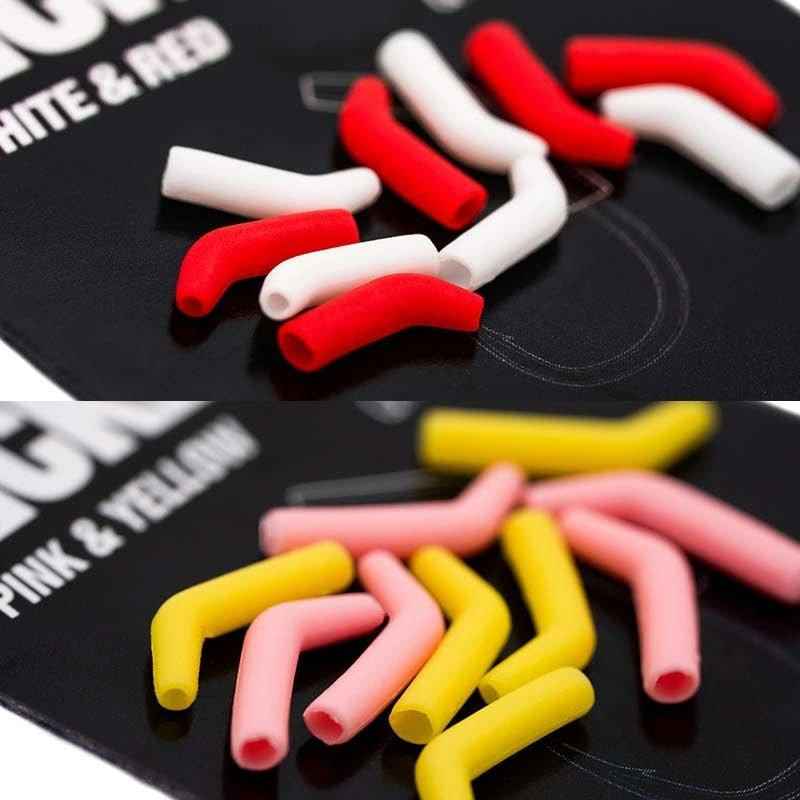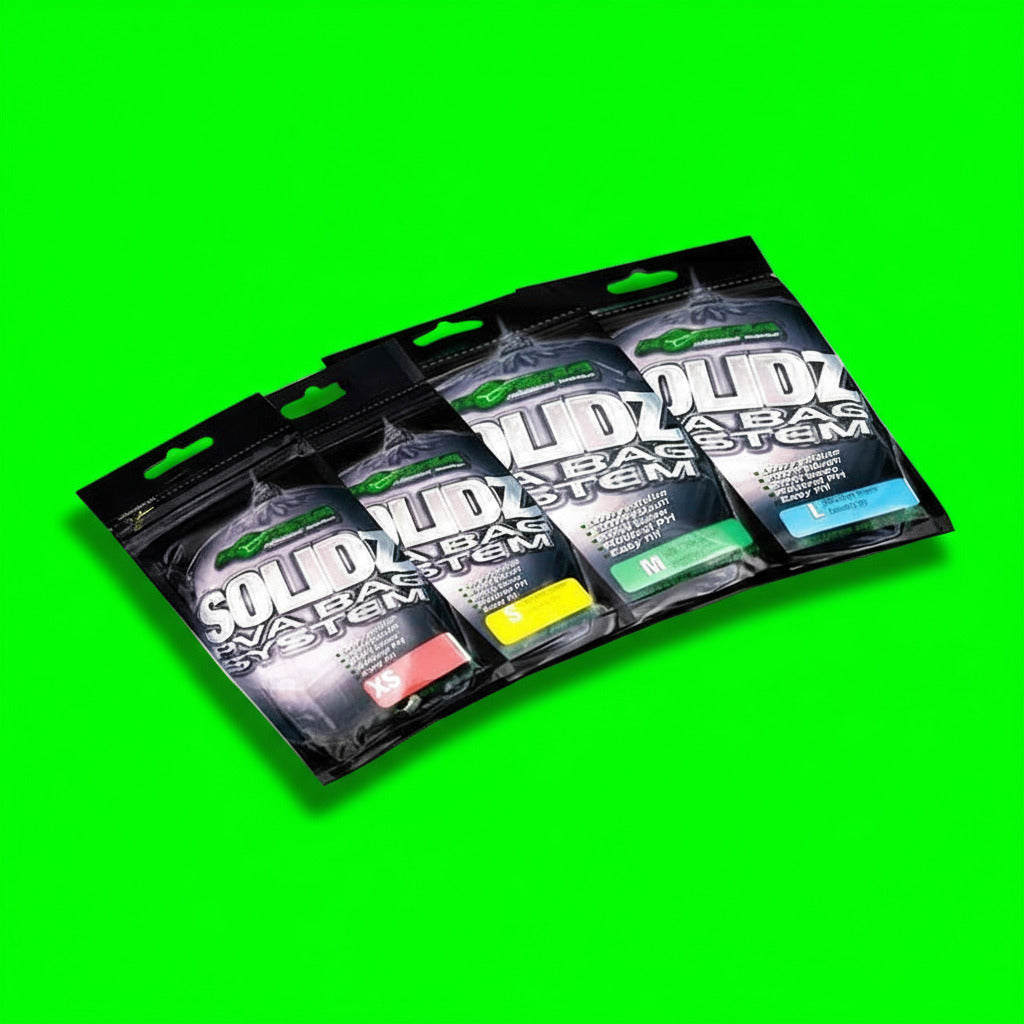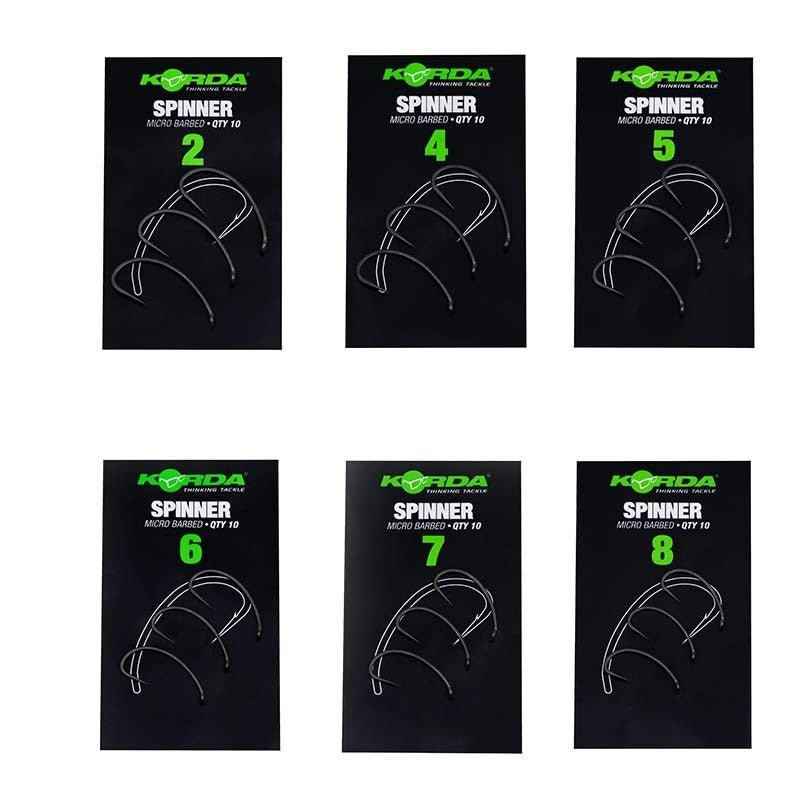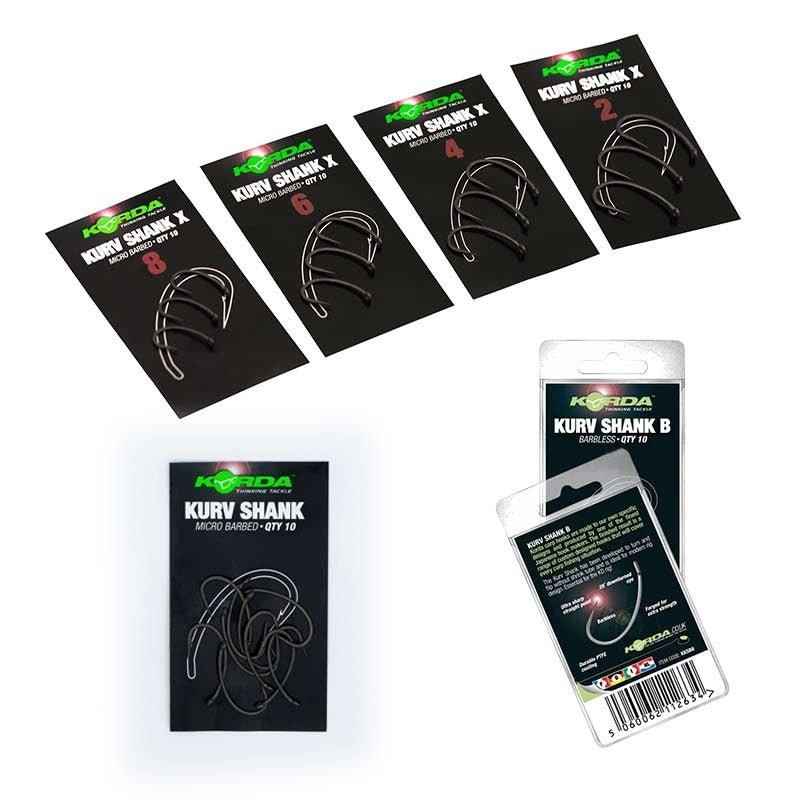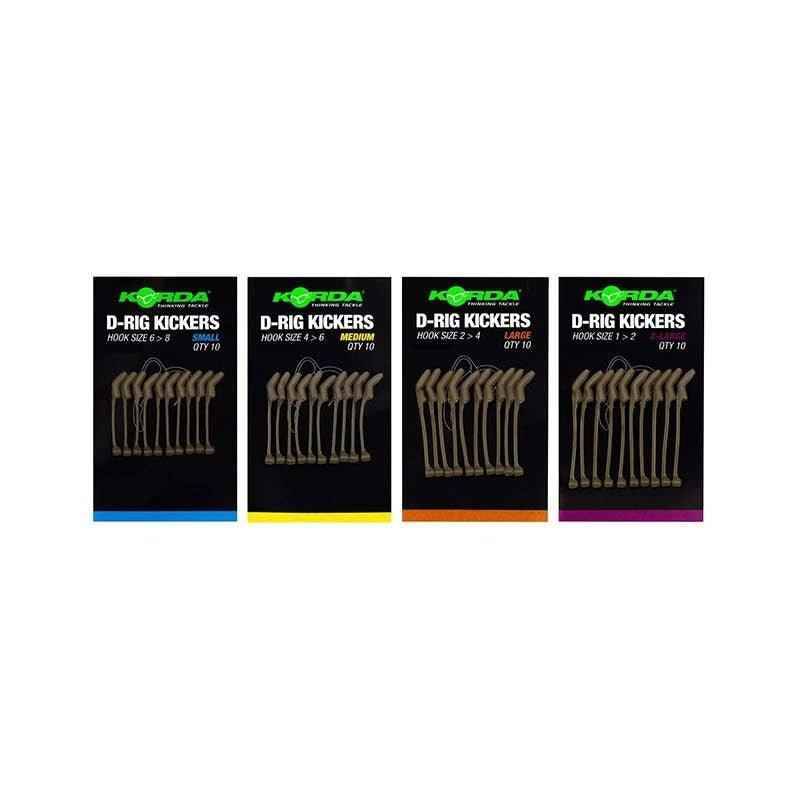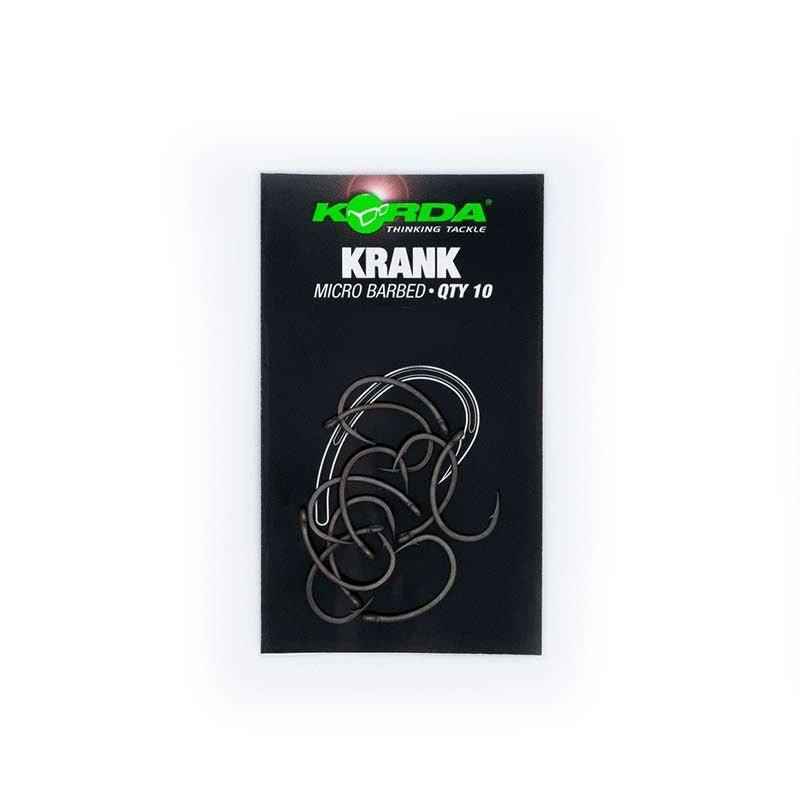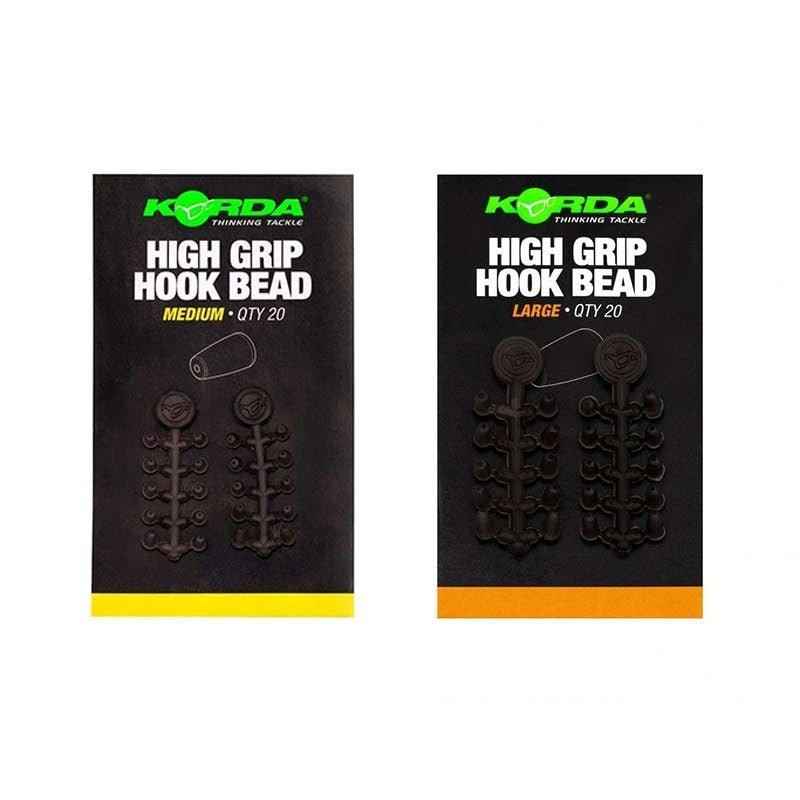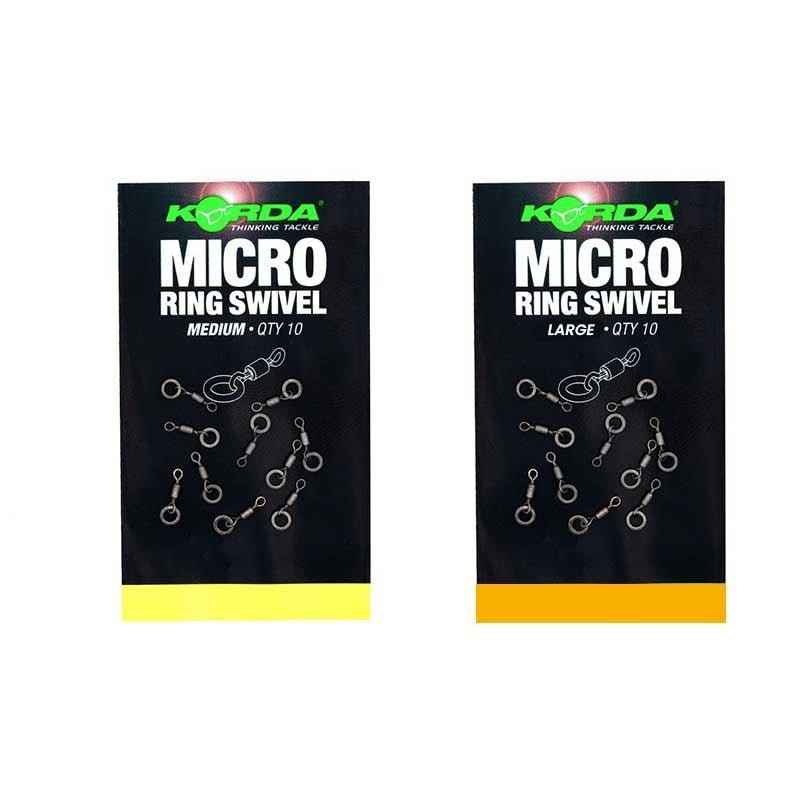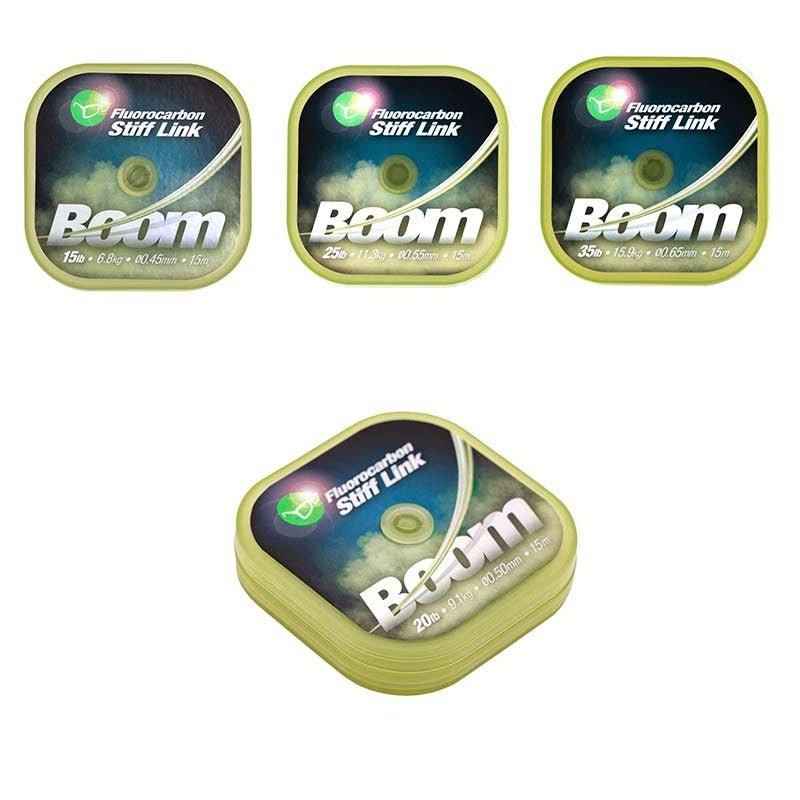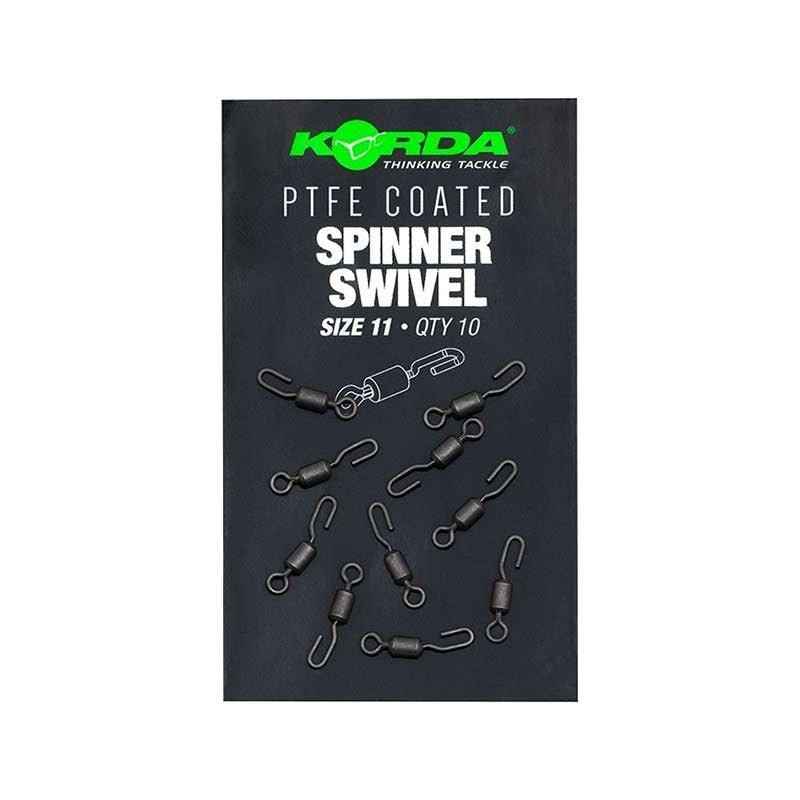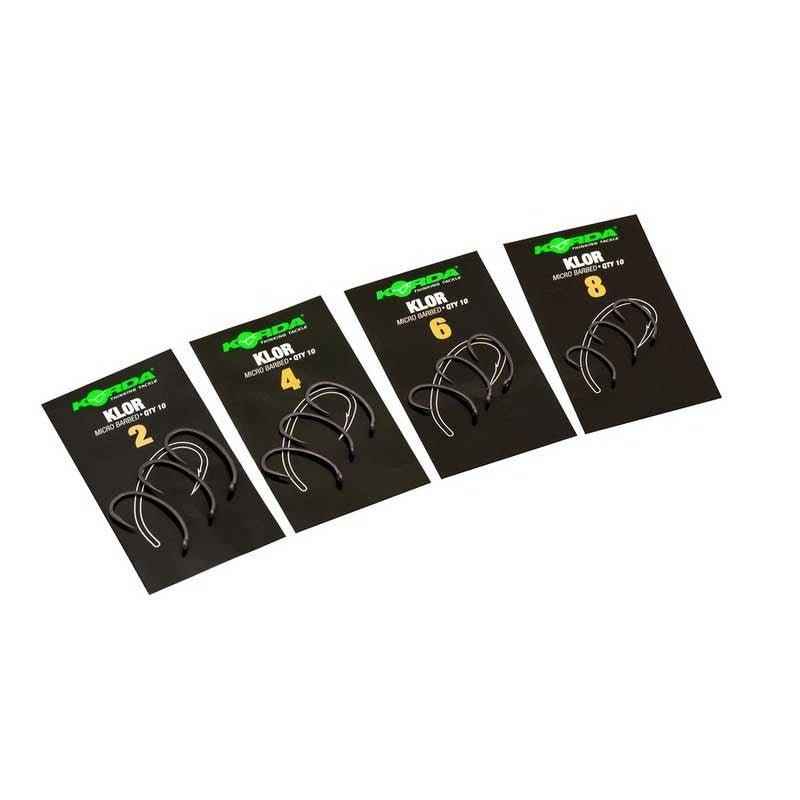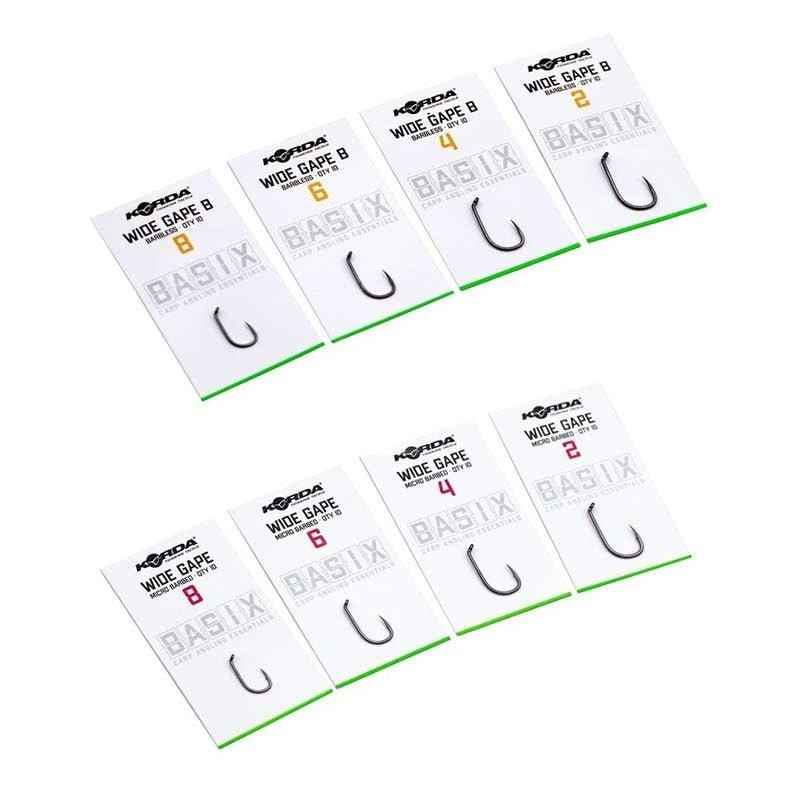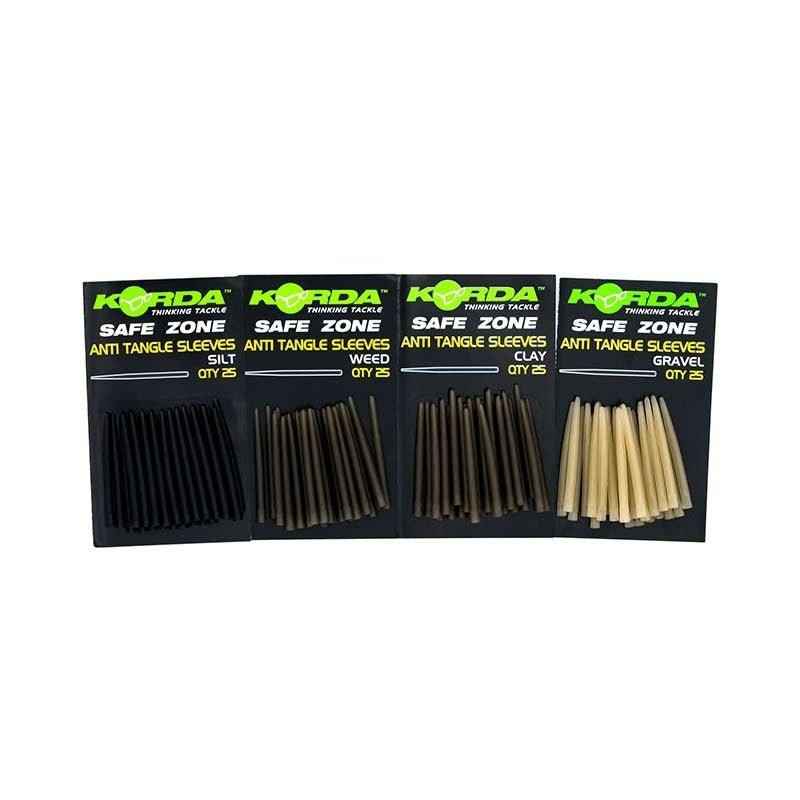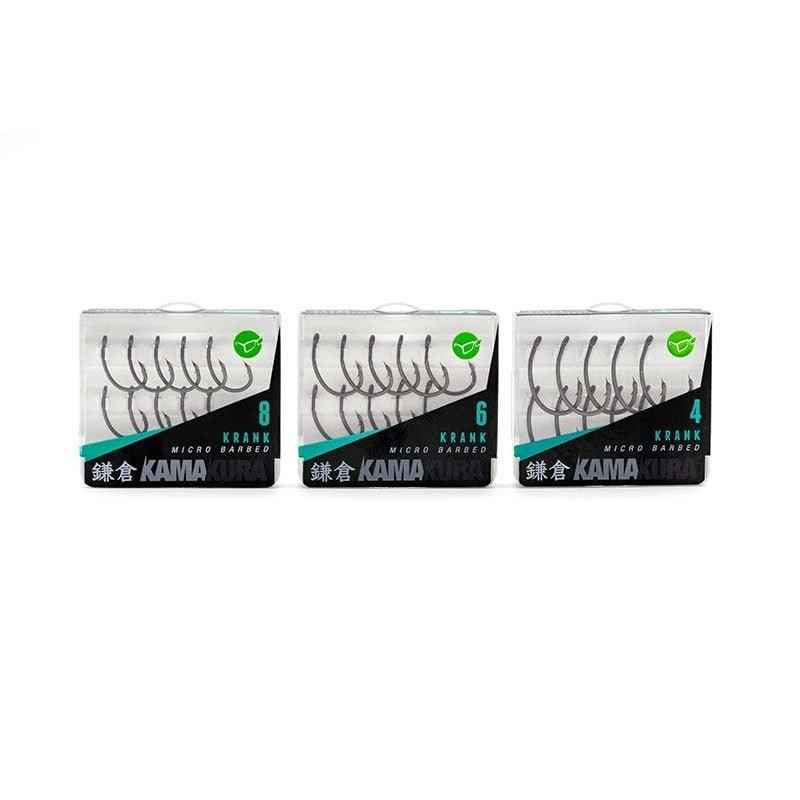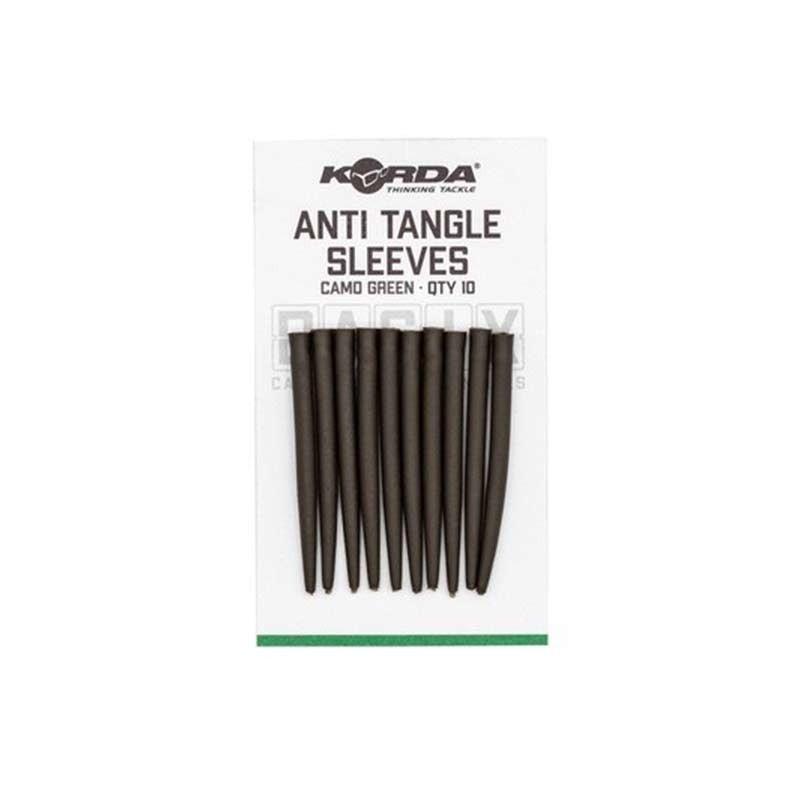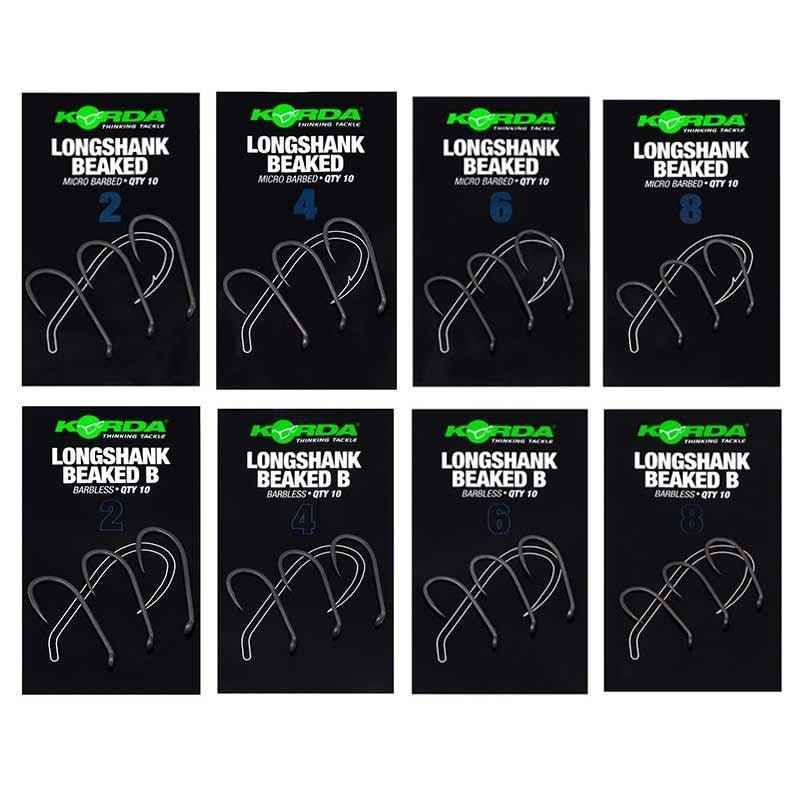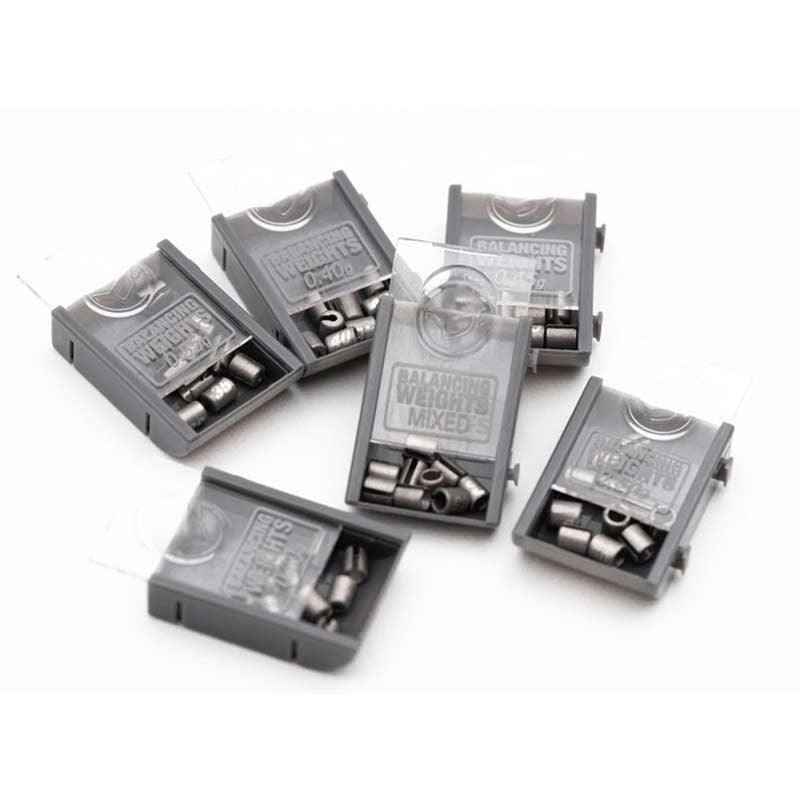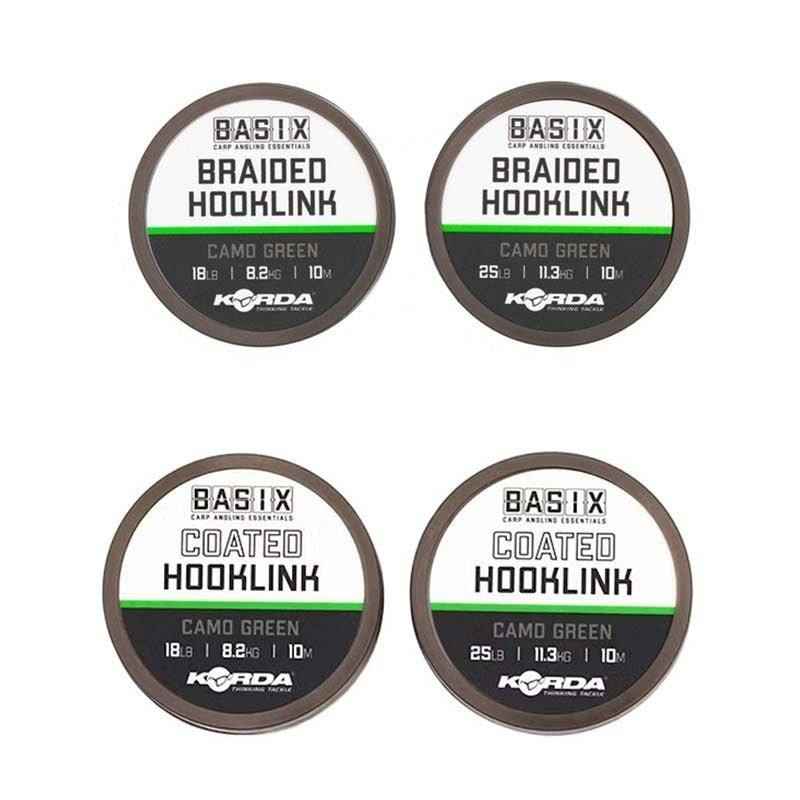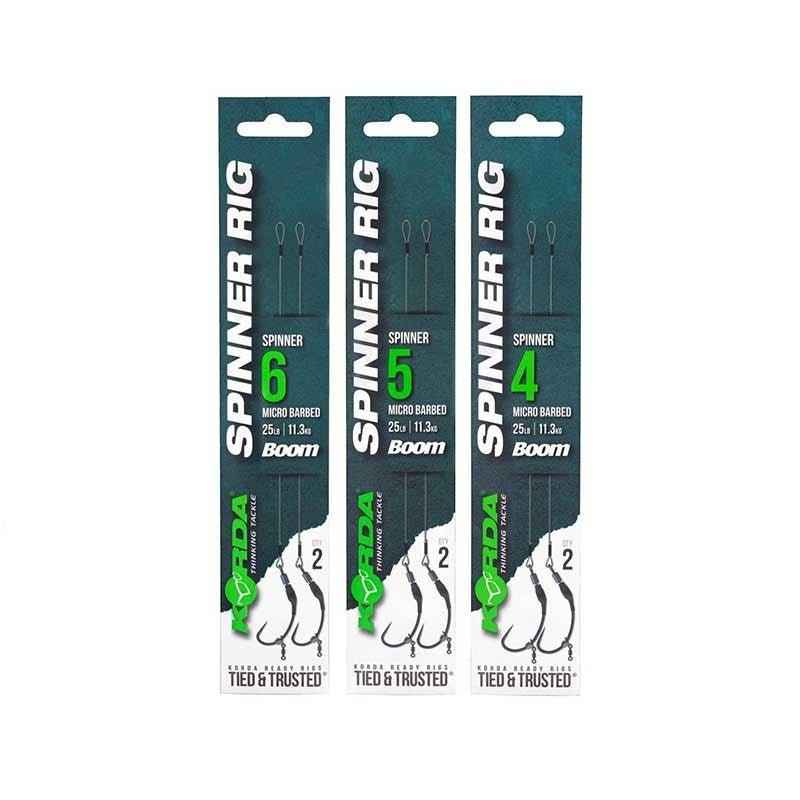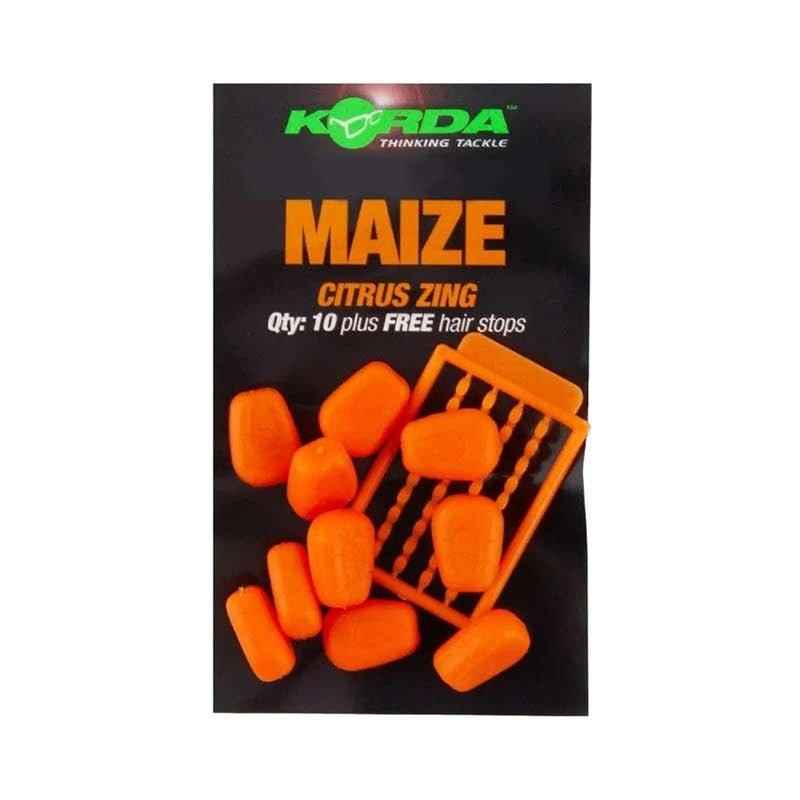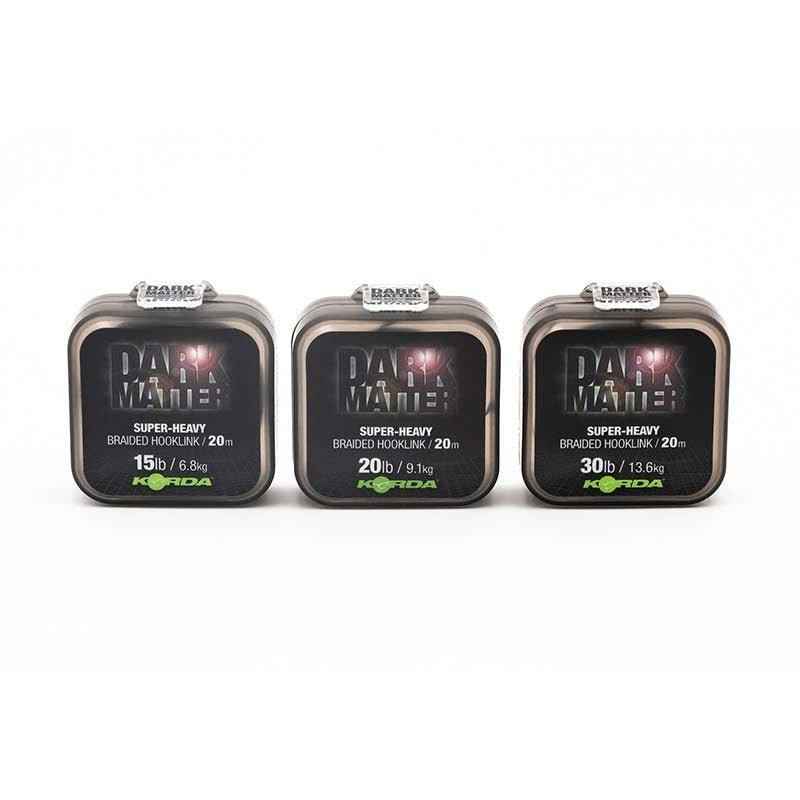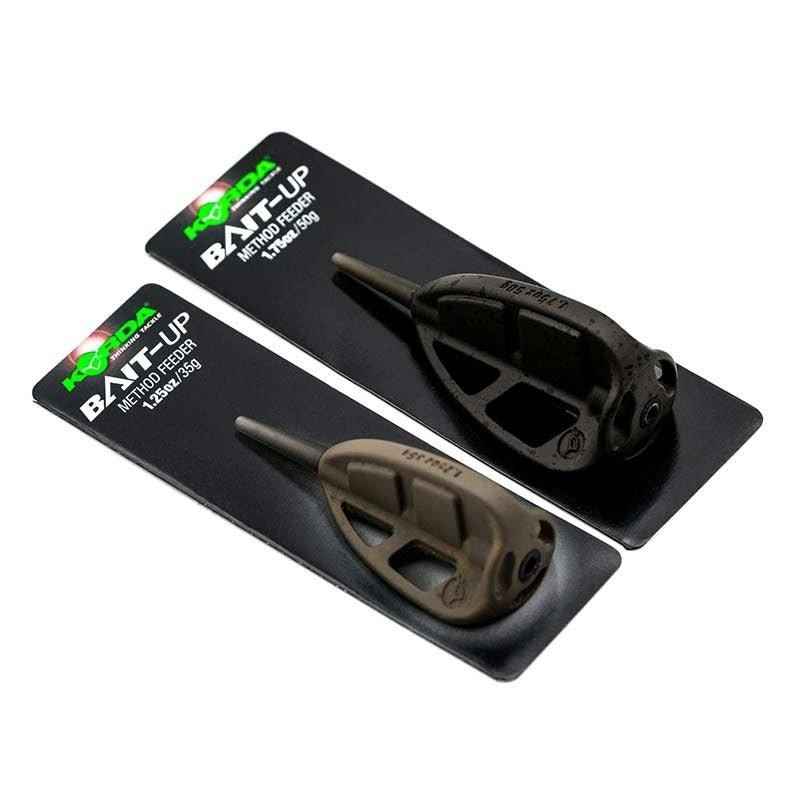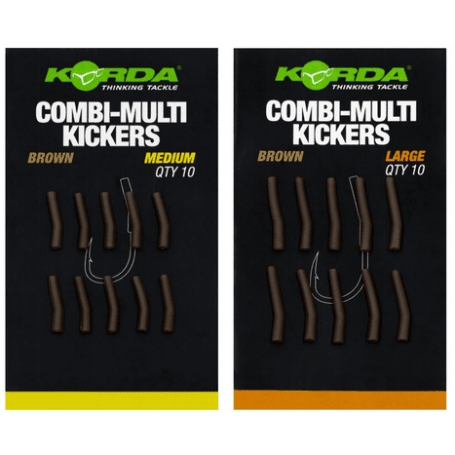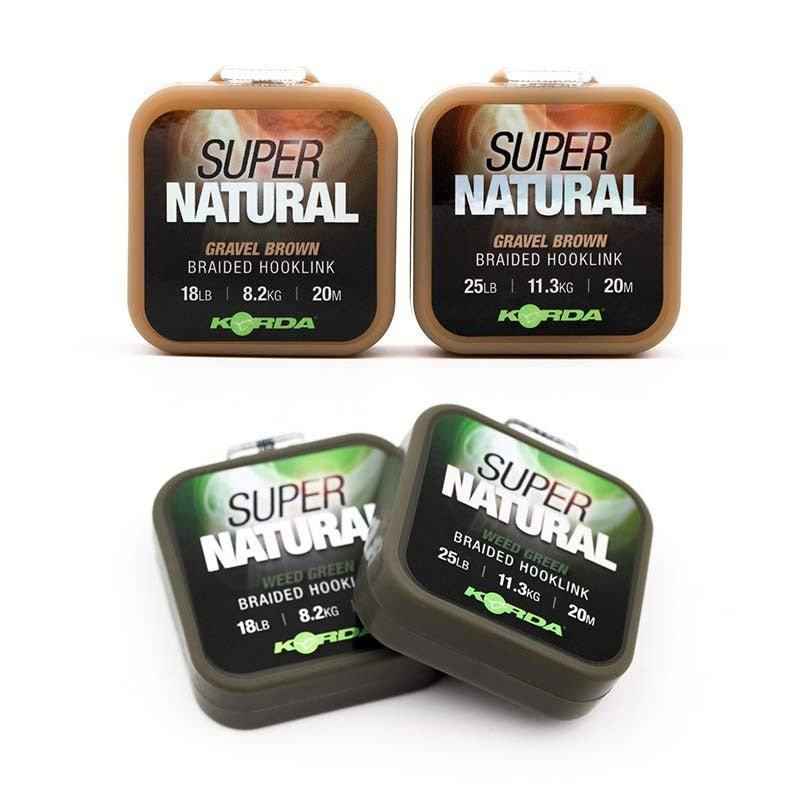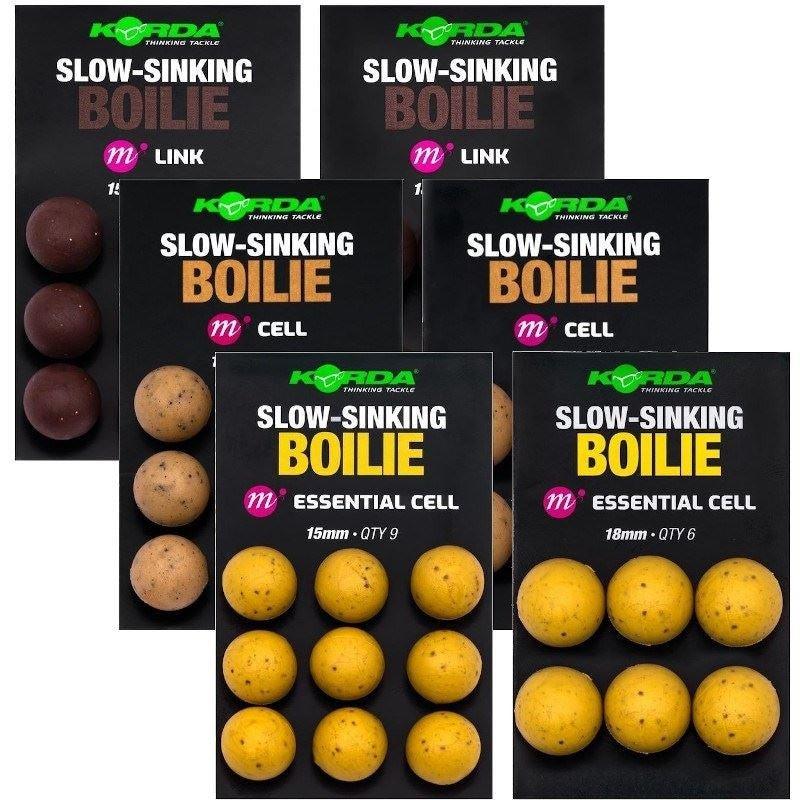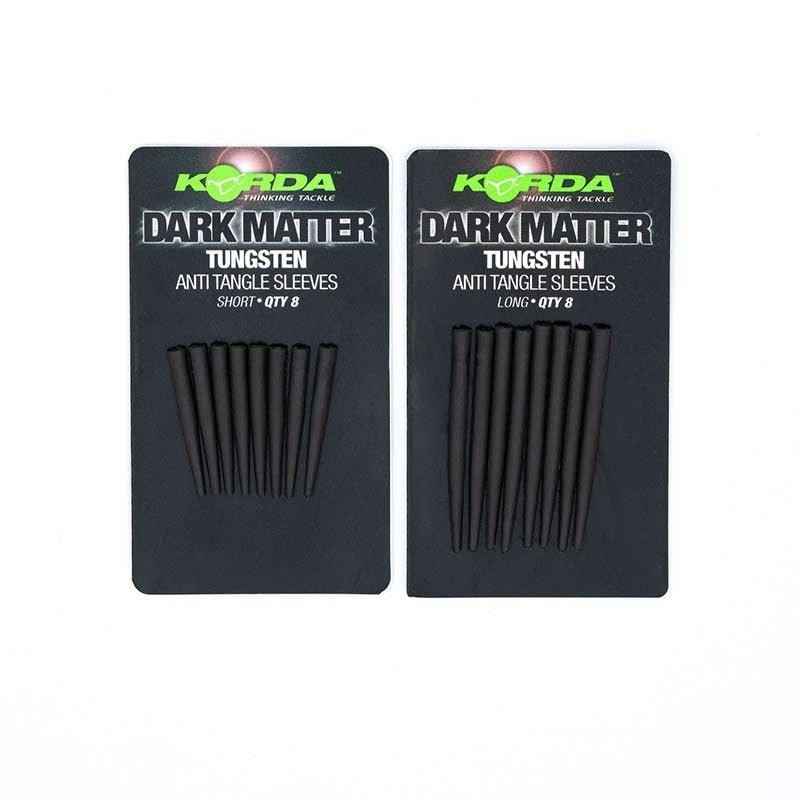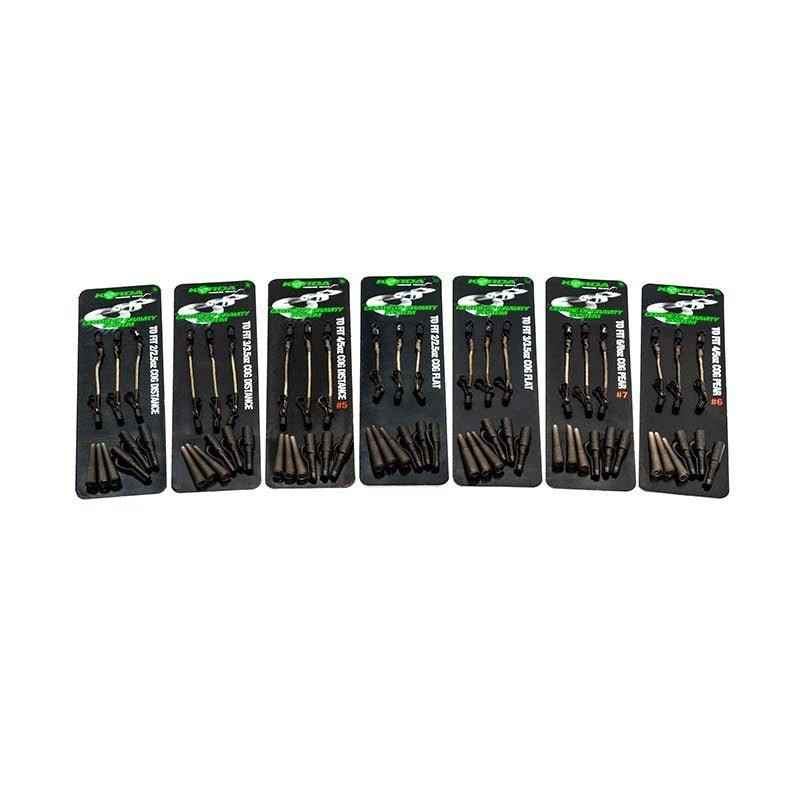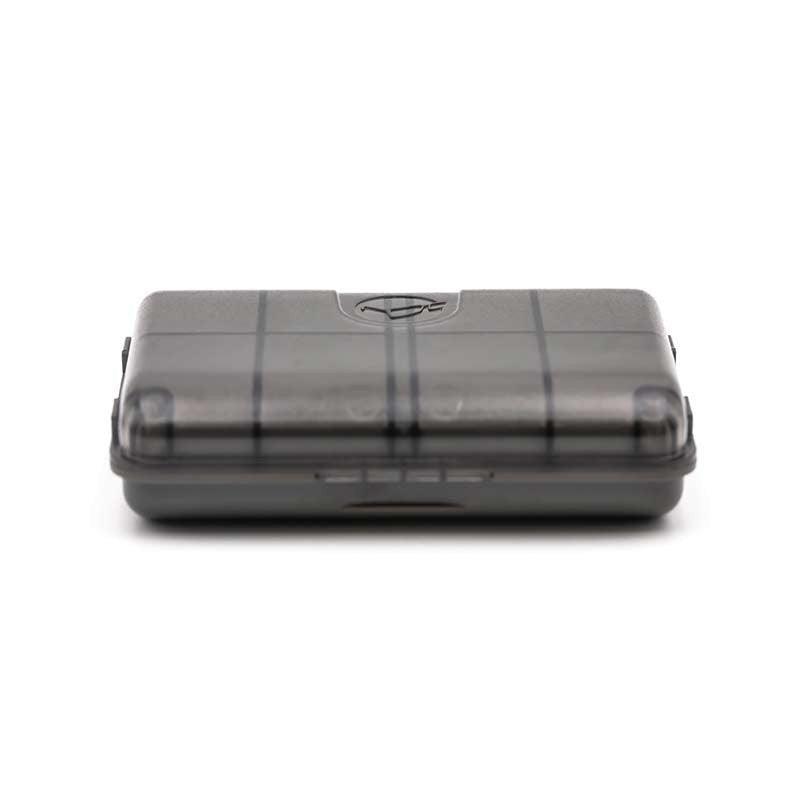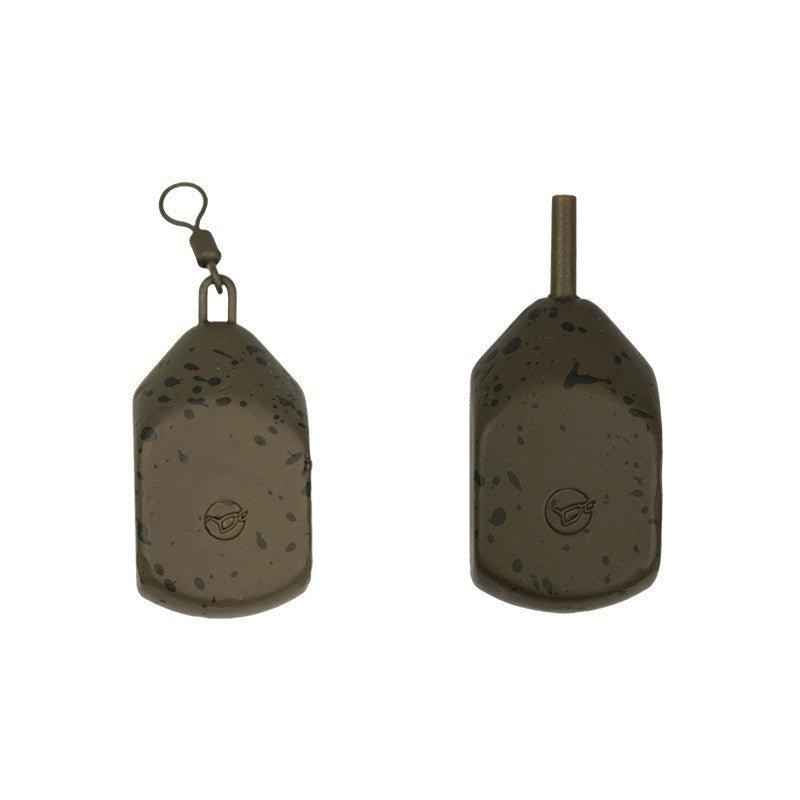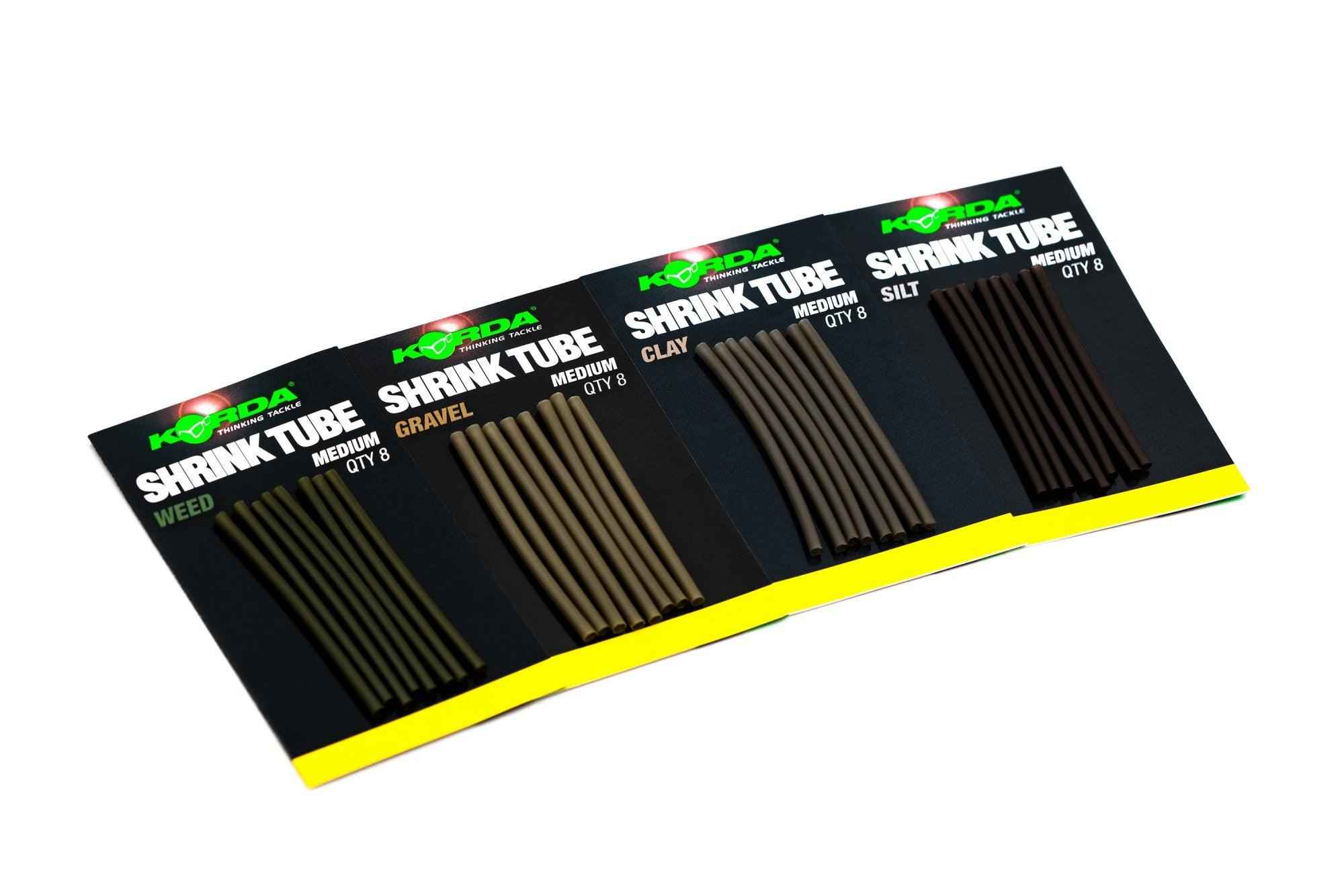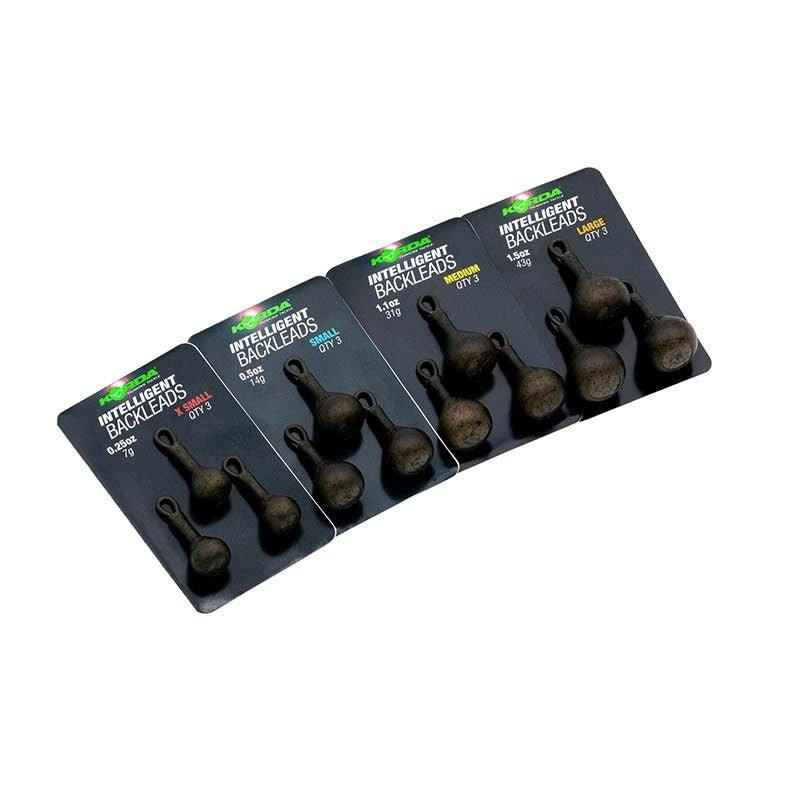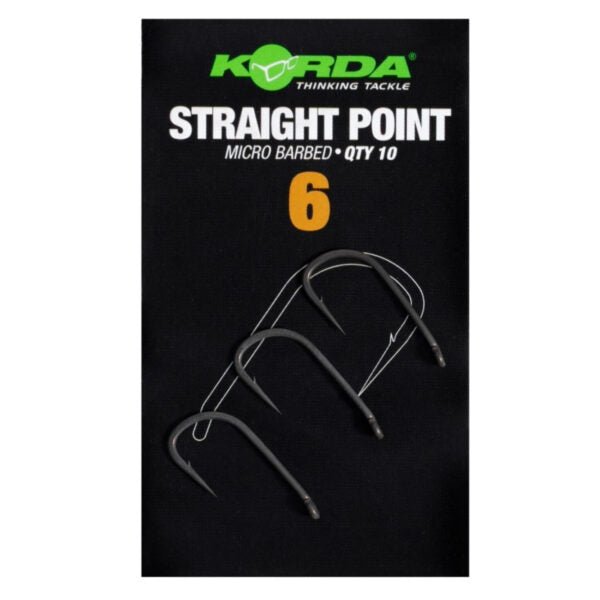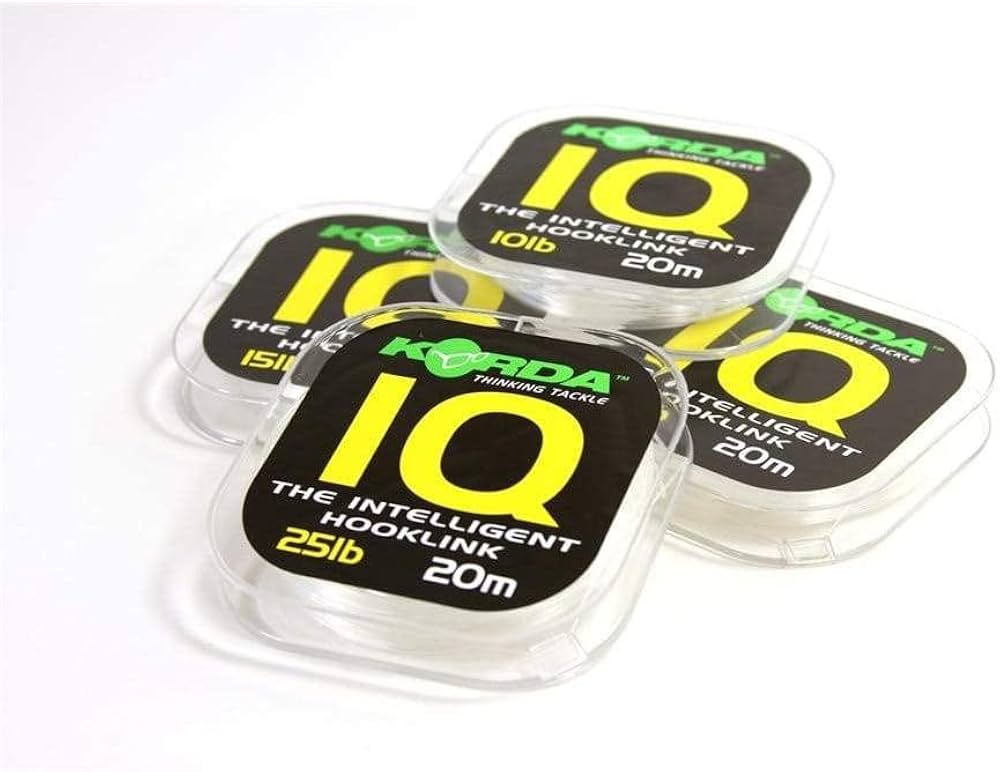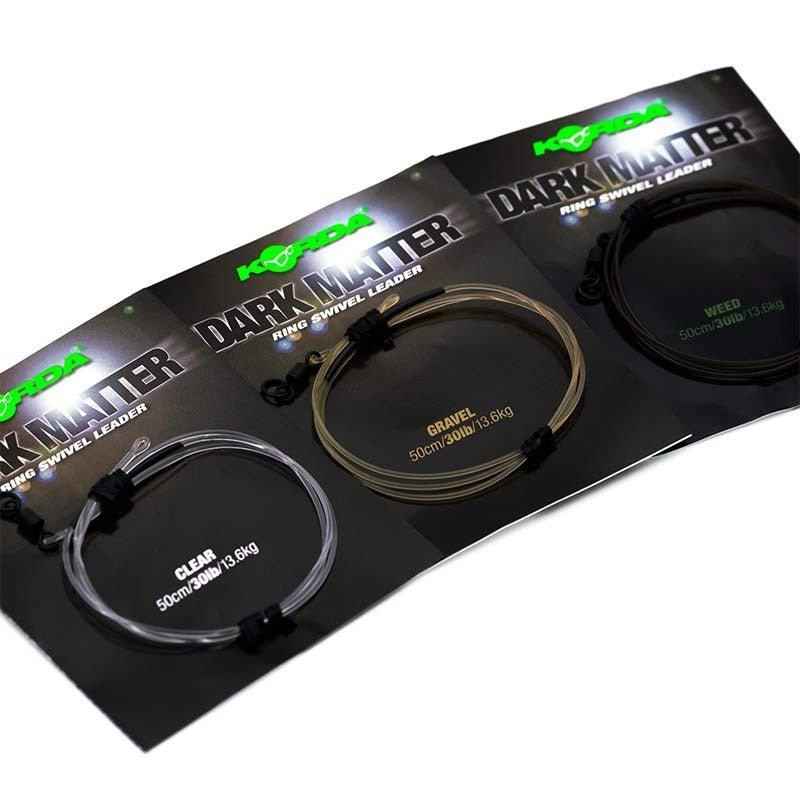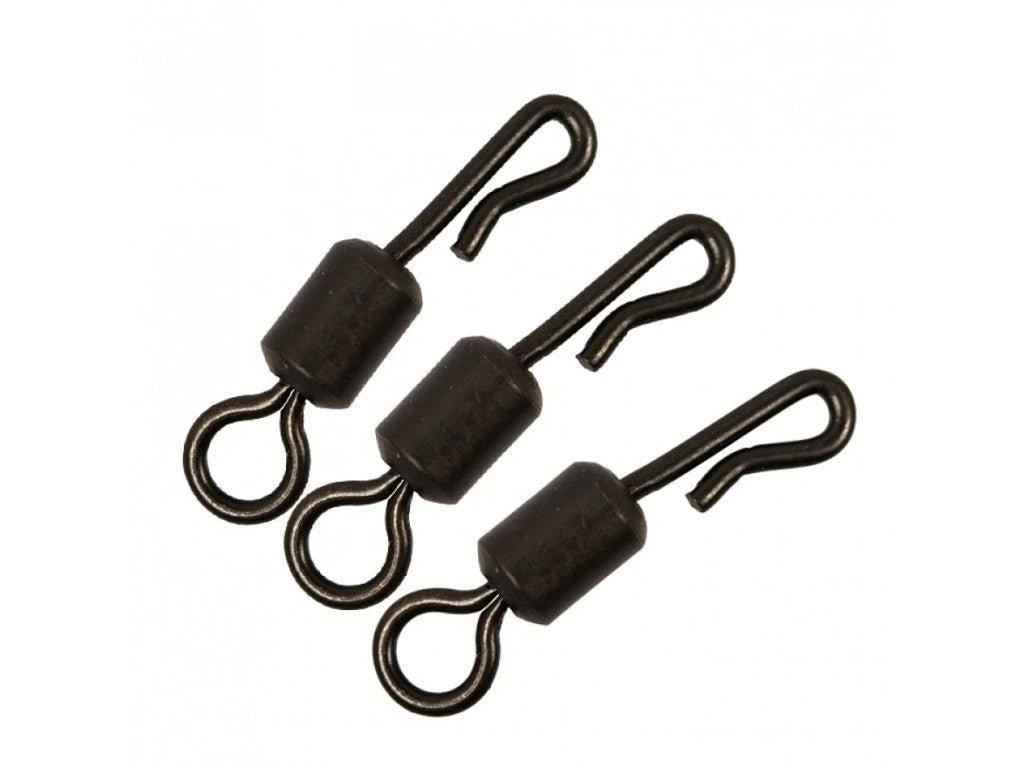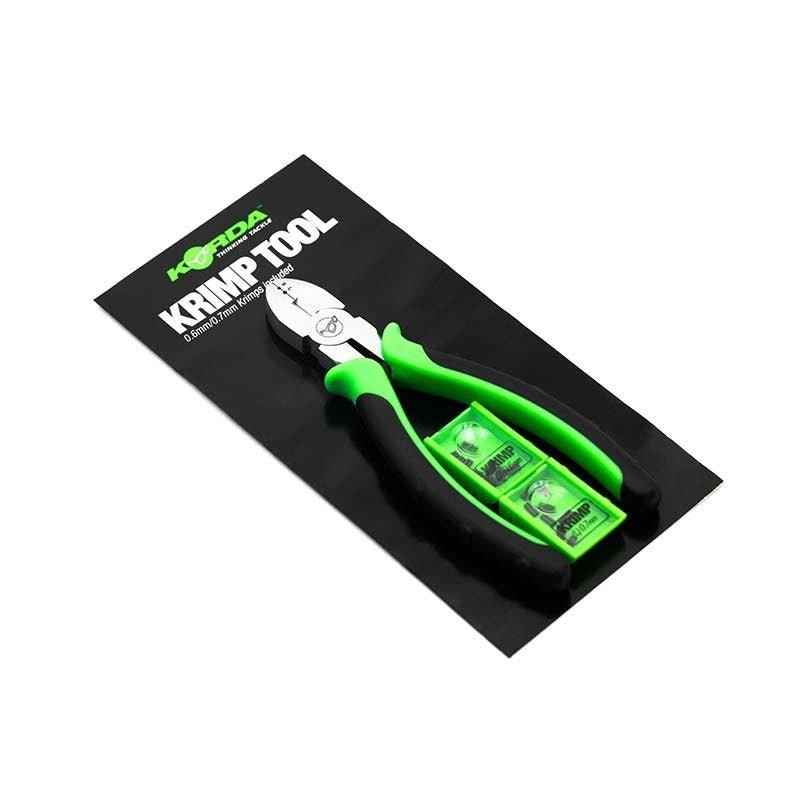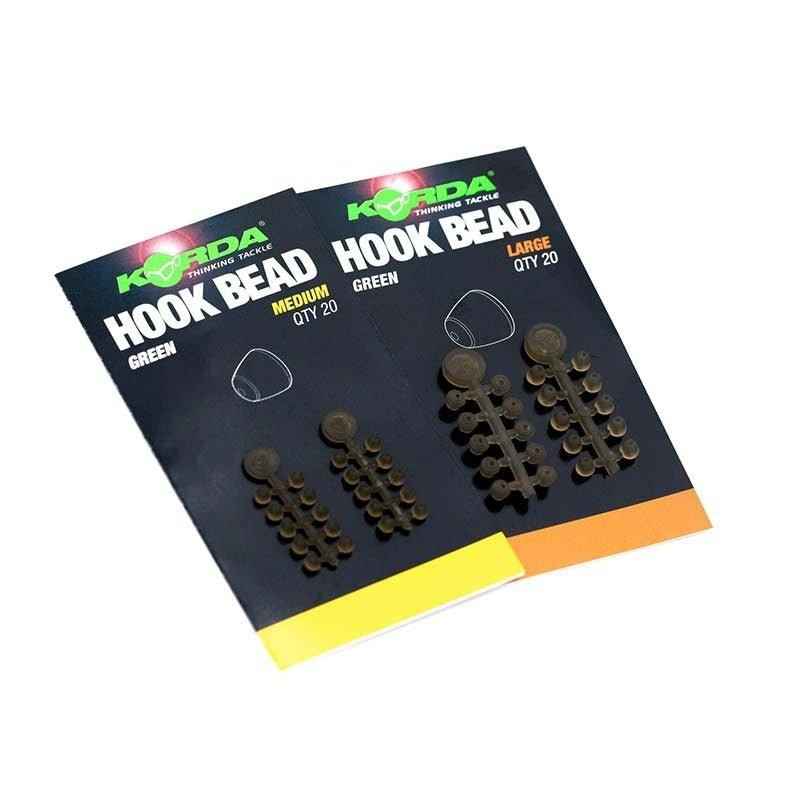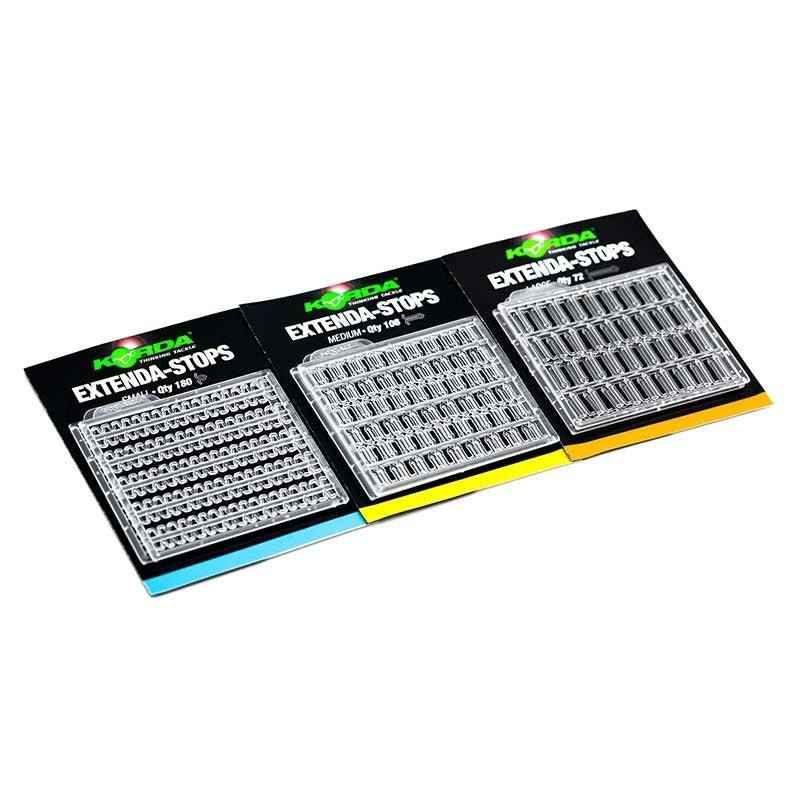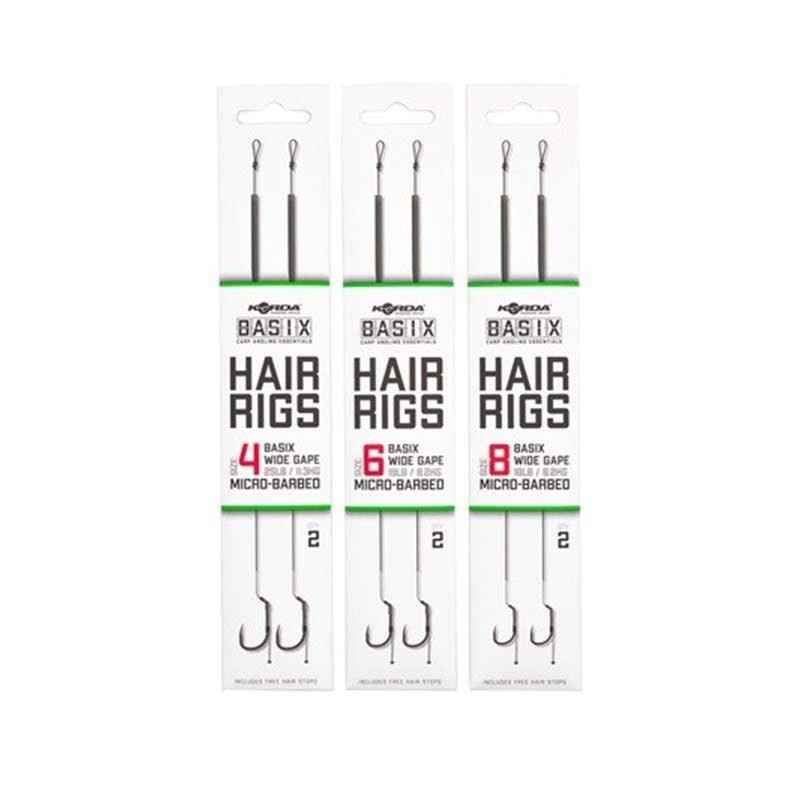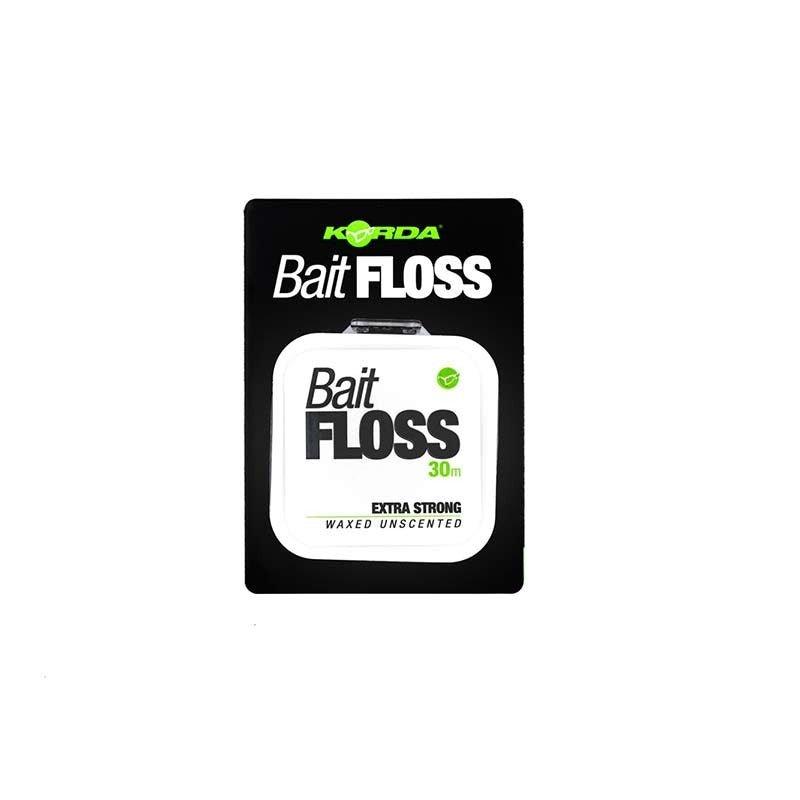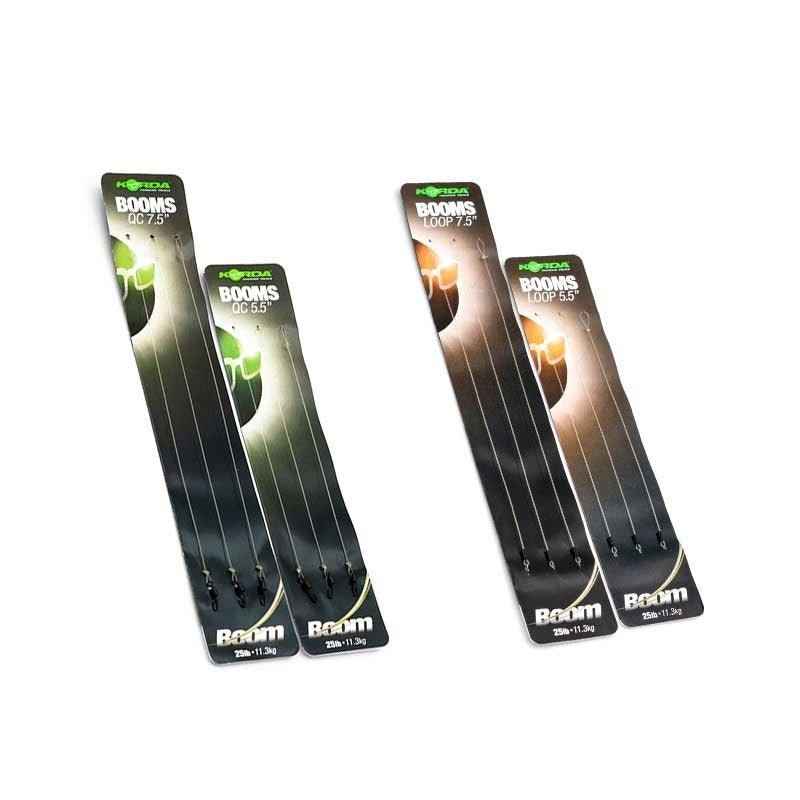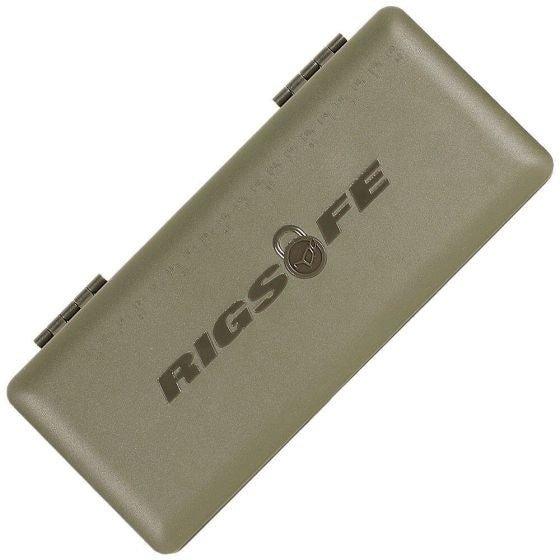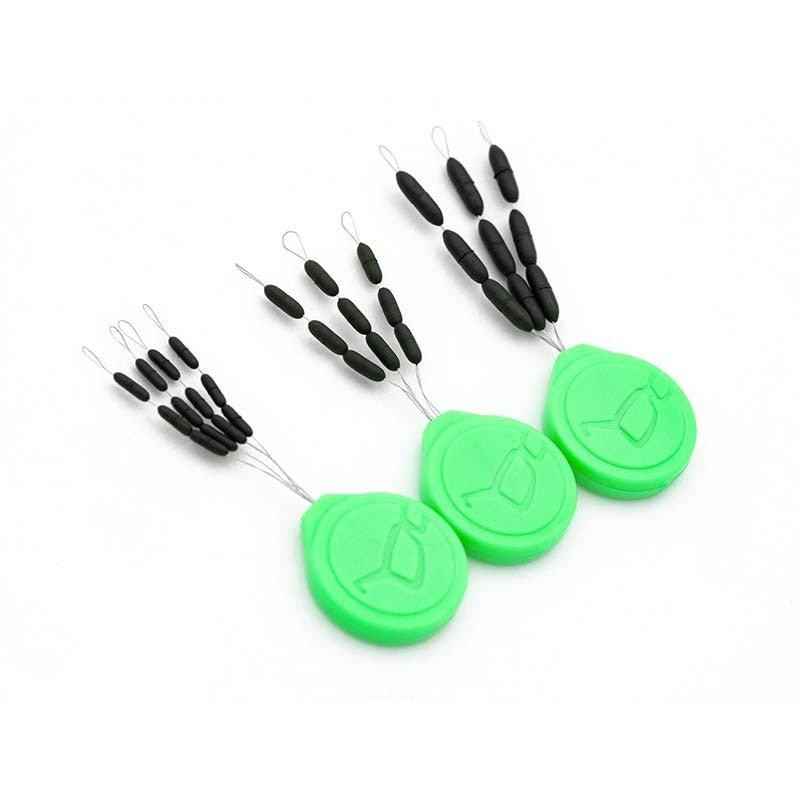Let's be clear: "time" is the real big fish we all chase and almost never manage to land. Between work, family, and various commitments, 48- or 72-hour sessions become a luxury for the few. Most of us have to settle for a night, an evening, those few hours stolen from the routine. And in those few hours, the question is always the same: are we going to gaze at the stars, or can we really hear a warning horn blaring?
To find an answer, I decided to play "at home," on a challenging course like Lake Caccamo. A technical dam in central Italy, where most carp anglers rely on dinghies, depth sounders, and abundant bait. It would seem like a place off-limits to those in a hurry.

But no. I put Francesco Sabbatucci, one of the guys on our Carpela Team, through the wringer. Francesco lives a stone's throw away in Caccamo and has turned it into his personal "gym." He's developed his own method for dealing with it, even when he only has a handful of hours to spare. No improvisation, no random throwaways. Just a surgical plan of action.
Valentino: Francesco, let's get straight to the point. A quick session in Caccamo. Are we going to make up the numbers or risk our lives?
Francesco: It's a win, Valentino, it's a win. It's true, Caccamo is a lake many tackle with a dinghy, but it speaks to those who know how to listen. If you arrive fishing with a clear strategy in mind, a dinghy isn't a must. My focus isn't "casting the rods," but getting in on the action in the first available window. I see too many guys confusing physical presence with strategy: they arrive, set up three rods at random, bombard them with groundbait without any logic, and then complain that nothing sounds. In Caccamo, you win with precise, almost surgical moves. Improvisation doesn't pay here; it just gives you sleepless nights.
Valentino: Okay, you get to the spot. What's the first thing you do, basically, to avoid throwing randomly?
Francesco: The first thing, always, is to read the steps. Caccamo is made of steps, more or less pronounced depending on the area. Towards the "higher" part, the seabed slopes more gently, while descending towards the dam, the steps become more distinct and "mean". I don't cast a single rod until I have a mental map of what's in front of me. If I have a small boat, I use the echo sounder; otherwise, I cast using markers. Once I find the first good step, I build my line there using what I call the "strike triangle": I place one rod just above the step, one just below, and the third I use as a search rod, moving further into the lake on deeper bottom. It's a system that allows me to intercept fish regardless of their current depth.

Valentino: In Caccamo, the wind is a decisive factor, almost like a second fish to catch. How do you leverage it to your advantage when your time is short?
Francesco: I live for the flat windows. They're crucial moments. In Caccamo, the wind punctuates the day with sudden, decisive changes. There are two times when the lake usually calms down, allowing you to cast your lines with pinpoint precision. The first is between 12:00 and 2:00 PM, before it starts pushing upstream from the dam. The second, the most important for evening sessions, is between 7:00/8:00 PM and 10:00/11:00 PM, before it turns again and you're casting from upstream to dam all night. In those phases, I need to be already "armed": perfectly stretched lines, quality baits, responsive leaders. Taking advantage of those calm moments to place the baits perfectly is the key to really getting into fishing.
Valentino: Groundbait: to save time, do you bombard or go easy?
Francesco: Very light. In a session lasting a few hours, there's no point in trying to stop a school for days. My approach is to fish "one fish at a time." I bait very carefully and lightly on the spot I consider most promising. Once that spot pays off and the first bite arrives, then and only then do I move a second rod near the first, to take advantage of the momentum and activity that's created. However, I always leave the third rod out of the mix, hunting for a solitary fish or a different school. Putting too much pressure and too much disturbance with three lines on a single step, in my opinion, is counterproductive.
Valentino: Okay, Francesco, we have the strategy. But without the right rig, all this is useless. Tell us your recipe for a rig that fishes well and doesn't cause any problems, even in wind and disturbance.
Francesco: Of course. To ensure I have a rig that always works well and has a "trouble-proof" effect when disturbed by smaller fish, for years I've relied on a Combi Rig that I've fine-tuned for these conditions. Each component has a specific purpose.
Nb Click on the product name to find it in the store
Nbb Francesco uses a "snagleader" and not a shockleader. If you're unsure of the difference, I recommend clicking here and reading the dedicated article.

Valentino: Give me an episode, a catch that changed your mind about Caccamo, that taught you a lesson you still carry with you.
Francesco: There's one in particular. We were on a three-day session, set up in the middle of the lake with heavy baiting. The runs were coming in consistently, but the size of the fish just wouldn't increase. At a certain point, a violent storm hit. Instinctively, almost for a change, we decided to move two rods to a bank we usually ignored, but which at that time was strangely full of weeds. As soon as the storm passed, within minutes, two furious runs arrived on those two rods. The result: two large, completely unexpected fish. The lesson I took away is that you should never take anything for granted. At certain times of the year, even on a large dam, the bank is gold. If you ignore it, you're giving away carp to others.
Valentino: Today, after years, what do you look for when you go down to the lake? Is it still an obsession with catching fish?
Francesco: No, the obsession of the early years has given way to something else: tranquility. Caccamo has become the place where I unwind. Sometimes I enjoy a night alone, but increasingly I prefer an evening with a couple of real friends. We arrive, we quickly divide the tasks: one plants the pegs, one lowers the rods, the other plans an impromptu dinner on a table made from two overturned buckets. We fish from eight to midnight, and if you've read the lake correctly, those few hours are enough to have fun. The routine is perfect: set off, quick photo, release, we lower back in and wait for the next one. Nothing else is needed.

Valentino: This vision of fishing, based on efficiency and passion, seems very much in line with Carpela's. Why did you choose to rely on us for your small parts and join the team?
Francesco: Because we have a very similar vision of fishing. You provide me with all the small parts I need, the ones that make the difference on the last mile. But that's not all. Shipping is lightning-fast, there are no absurd minimum orders that force you to buy stuff you don't need, and the website is clean, essential, and without frills. I order today and know that in no time I'll have everything in my tackle box, ready to go again. This efficiency is essential for those, like me, who spend their time fishing in their spare time.
Francesco's 6-Point Method for Getting Mucus Off Your Hands: The Checklist to Copy
-
Spot Analysis: Find the first step. Position your rods in a triangle (one above, one below, and one further out).
-
Timing: Take advantage of calm wind windows (12-14, 19-23) for perfect descents. Be ready to act at those moments.
-
Baiting: Light and targeted. Think "one fish at a time." Increase the amount only after the first catch on the spot.
-
Terminal: Build the "hassle-free" Combi Rig. Find all the details in the table above. Don't skimp on the snag leader.
-
Baits: A 20mm sinking hookbait that blends in with the groundbait (e.g., SpicyCrab by BeTackle ). Avoid pellets and mealy baits to avoid attracting disturbance.
All things considered, the answer is a "yes" as big as a Caccamo carp. Fishing and catching in just a few hours is not only possible, it's an exact science based on water reading, time management, and equipment designed for failure. Francesco proved it to us.
A huge thank you, Francesco, for sharing your no-secrets playbook.
Valentino of Carpela
Ps
Do you have any other questions for Francesco? Want a constructive discussion about your approach? Follow him on Instagram or contact him privately from his personal page by clicking here .
Pps
To put his method into practice and find all the hardware to build his "hassle-free" terminal, there's only one address: www.carpela.it.

